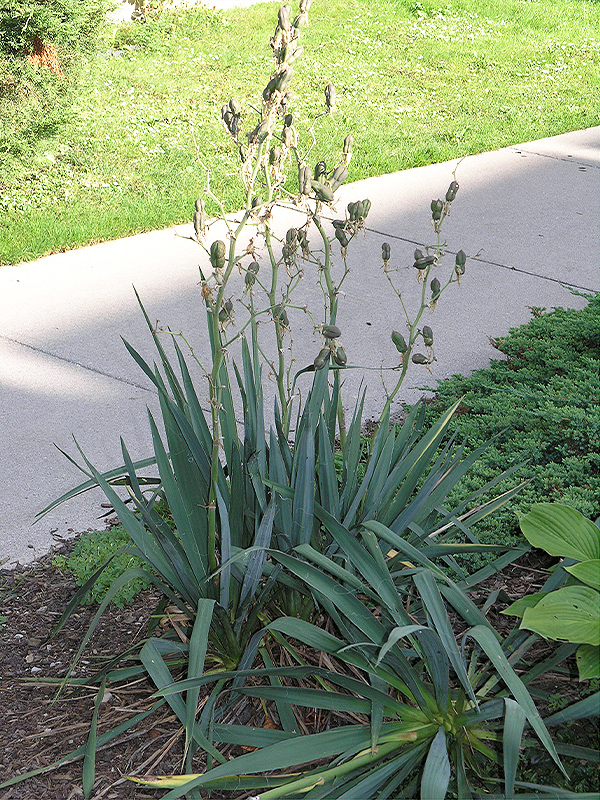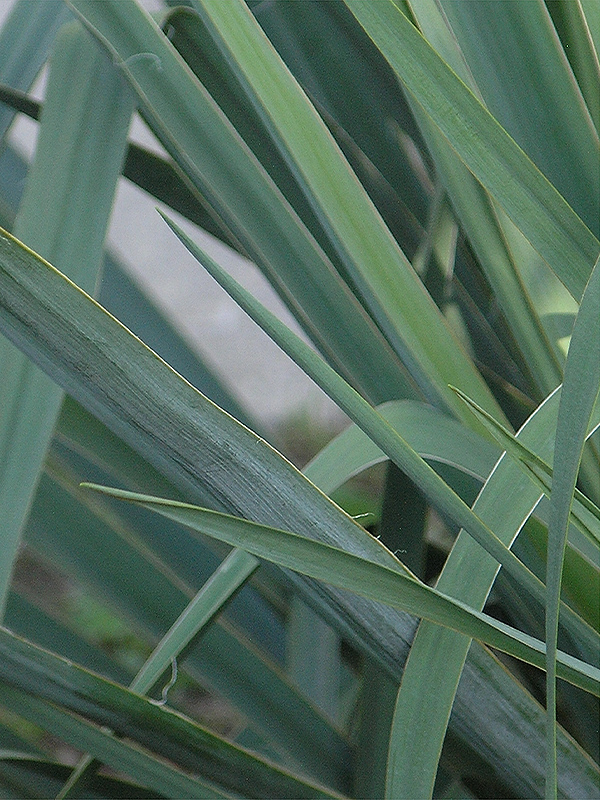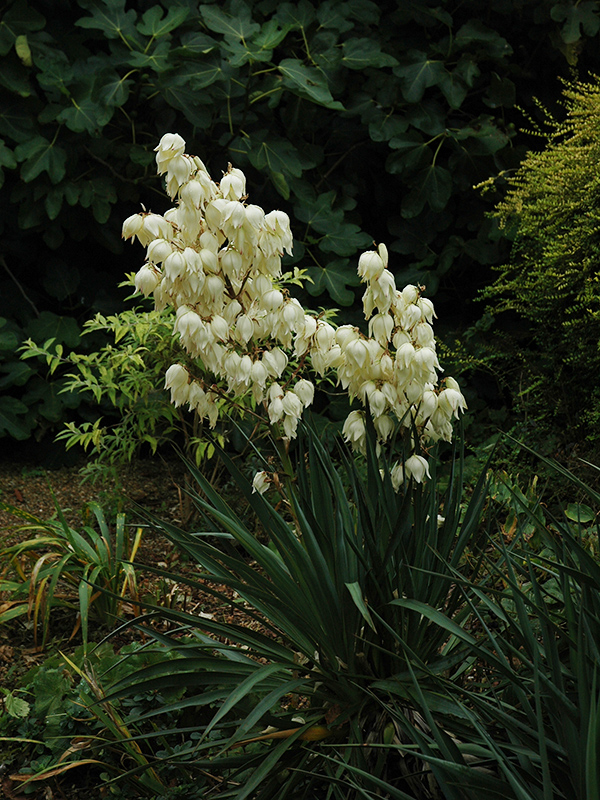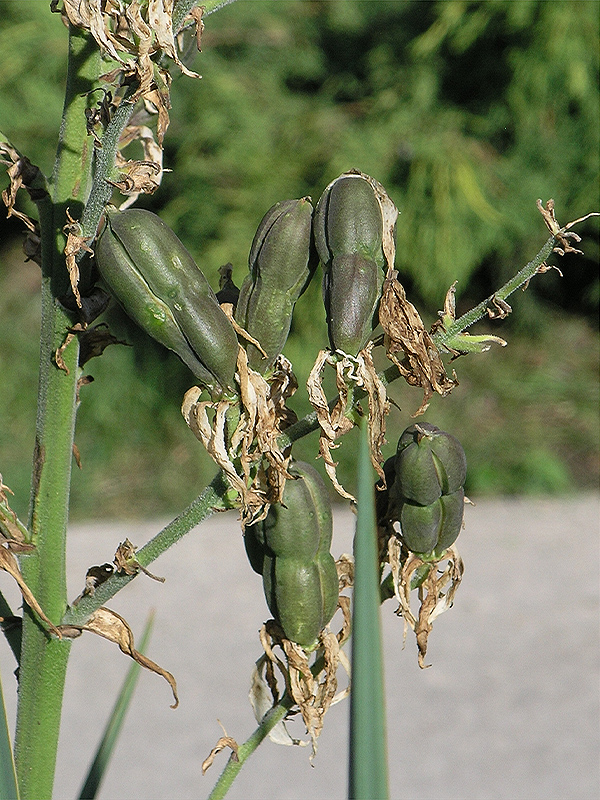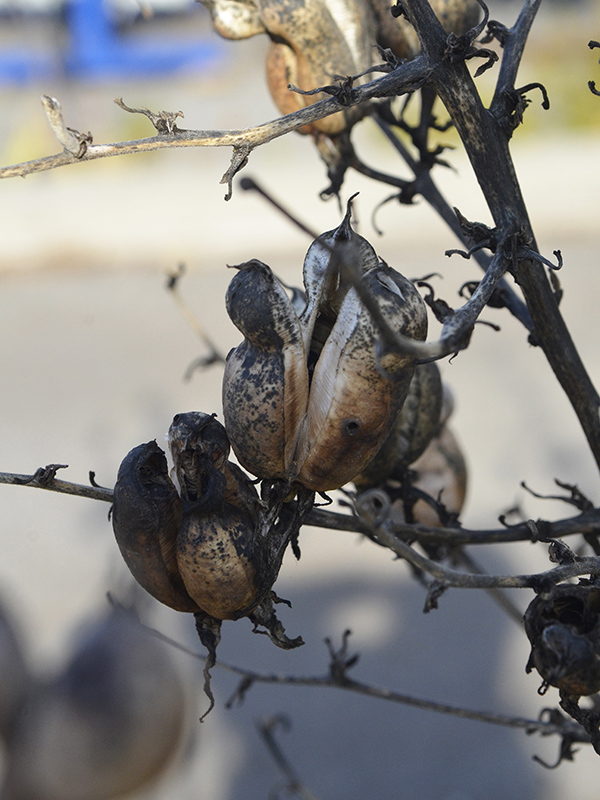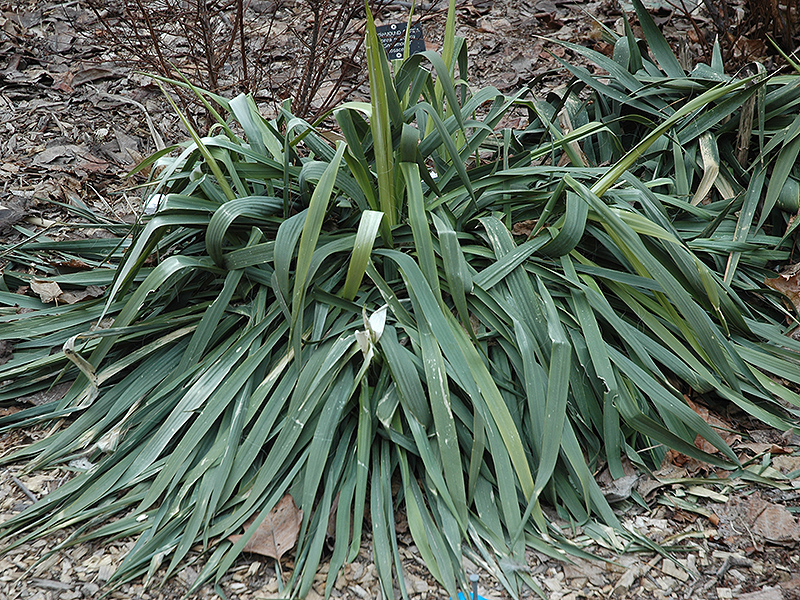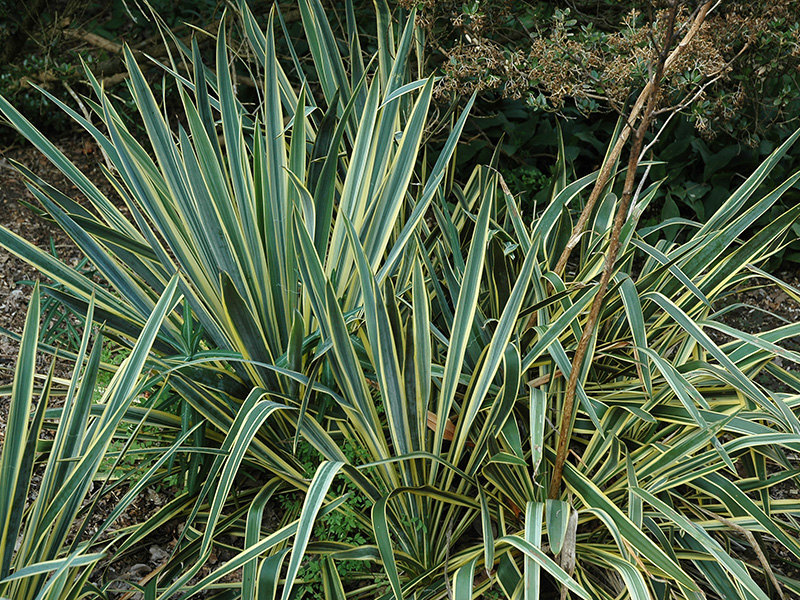
Woody > Yucca > Yucca filamentosa > Yucca filamentosa
Yucca filamentosa
Adams Needle
Mike's
Opinion


"
This is a plant I have had in my own garden, I put it down to inexperience since when it is in flower it is stunning. That said the rest of the time it looks as if it belongs in an arid, rock strewn environment: which my garden is not. Once planted it is hard to remove since it travels. I dug mine out, shoots reappeared, dug those out, it came up in the lawn, those I mowed, where it came up in the driveway I parked the truck on it; it finally succumbed. For a chuckle read what Michael Dirr has to say with regard to Yucca in his book Manual of Woody Landscape Plants.
Michael Pascoe, NDP., ODH., CLT., MSc. (Plant Conservation)
"
| Family |
| Asparagaceae |
| Genus |
| Yucca |
| Species |
| filamentosa |
| Category |
| Woody |
| Type |
| Shrub (evergreen) |
| Pronunciation |
| USDA Hardiness Zone |
| 4 - 8 |
| Canadian Hardiness Zone |
| 2a - 8a |
| RHS Hardiness Zone |
| H7 - H3 |
| Temperature (°C) |
| (-32) - (-7) |
| Temperature (°F) |
| (-25) - 20 |
| Height |
| 2 m |
| Spread |
| 1 m |
Photographs
Description and Growing Information
Flowering Period
| General Description |
| A rosette forming plant, often seen growing in clamps of dark green, strap like leaves. |
| Cultivation |
| Full sun in most soil types that are not waterlogged. |
| Shape |
| Pointed, vase shaped plant. |
| Growth |
| Medium |
| ID Characteristic |
| Thin, long strap-like leaves, a singular flower spike with large inverted pale cream bell like flowers. |
| Pests |
| None that I am aware of: pity. |
| Habitat |
| Overlapping drooping, spike like leaves. |
| Leaf Description |
| Thin, dark green, acutely pointed strap-like leaves, to 60 cm in length and 4-5 cm at their widest point but sharply tapering. Evergreen, often with fibers trailing along the edges of the leaves. |
| Flower Description |
| A singular flower spike (raceme) with large inverted pale cream bell-like flowers, nodding, from 2-12 or more, 4-5 cm across. |
| Fruit Description |
| A large dehiscent capsule, to about 4 cm, compartmented, turning beige when ripe and splitting to release the seed. Several capsules to one flower spike. |
| Colour Description |
| Dark green leaves with no seasonal change. |
| Texture Description |
| Coarse textured. |
| Notable Specimens |
| The Gardens of Fanshawe College, London, Ontario, Canada. The University of Western Ontario, London, Ontario, Canada. |
| Propagation |
| Division of the thick fleshy roots if you must. Pollination occurs through the Pronuba Moth. |
References
Widely available.
